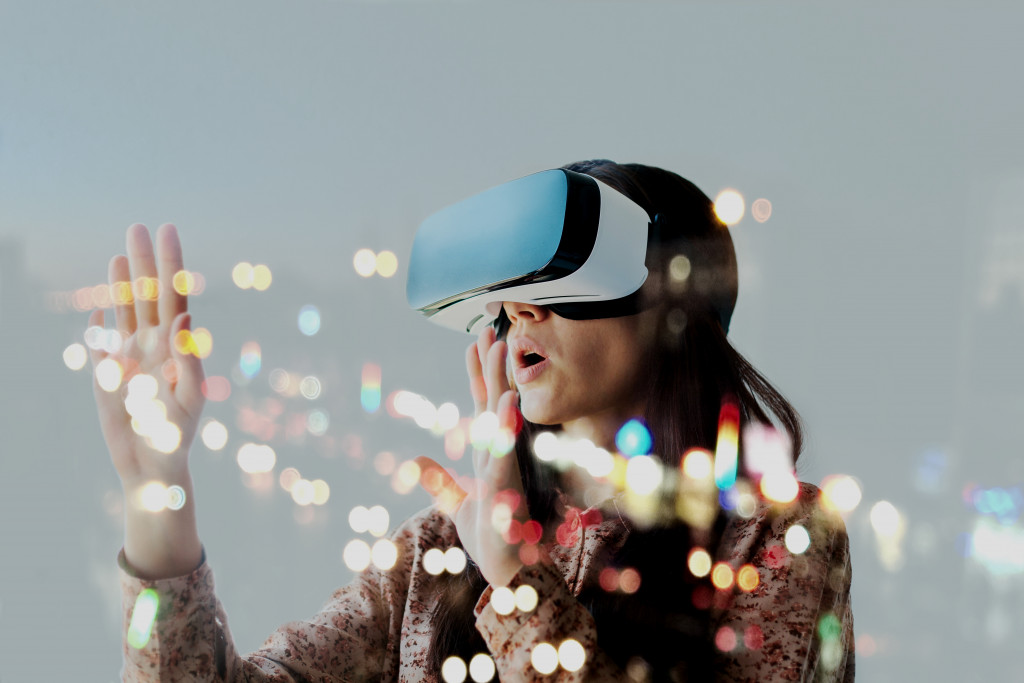By definition, technology is the application of science and knowledge for practical purposes. For centuries, technology has facilitated society’s advancement, shaped humanity’s future, and helped societies navigate conflict, pandemics, and other humanitarian troubles. The year 2020 is no different. If we are to survive this public health crisis and this crippling recession, we need to be able to maximize every resource at our disposal. While we make our way through this new normal, what often gets lost in the conversation is what will happen when all this is over. Here are some technology and lifestyle trends that will most likely stay long after COVID-19 is gone.
Digital Solutions
Much has already been said about how COVID-19 and the recession changed the face of business all over the world. It has forced business owners and consumers alike to switch to e-commerce, and this is a trend that was already on the up and up even before the first case of COVID-19 was reported. Moving forward, digital solutions will still be central to the relationship between industries and consumers since they have bought a level of convenience, accessibility, and simplicity that was never on the table before.
The online shopping industry grew by more than 30% between the first quarter and second quarter of this year. There are 2 billion online shoppers in the world, roughly 1/4 of the world’s entire population. As time goes on, people will continue relying on digital solutions like online shopping and banking for their personal needs. Contactless and cashless commerce will remain a popular options for those who enjoy the convenience of not having to step out of their doors to do these tasks.
Apps and Software
Nothing has made life easier for common folk than helpful apps and software. From programs and software that facilitate remote work to apps for selling property, having food and groceries delivered, and boosting productivity, these helpful tools have really come through for people who have to abide by stay-at-home orders and social distancing guidelines. There’s a reason why the slogan “there’s an app for that” has become so parroted in the media.
Drones and Robotics
 Since the rise of automation in business, it was inevitable that robots and drones would be incorporated into offices and workspaces as well. The pandemic didn’t jump-start this trend; it only accelerated it. Offices, airports, malls, and other public spaces need to maintain cleanliness and sanitation, giving rise to cleaning robots. On the other hand, drones can deliver light packages without the need for people to interact face-to-face. These unmanned aerial vehicles are also able to reach areas that may be dangerous or too narrow for humans. Some countries have also used them to warn people to maintain a safe distance and to respect social distancing guidelines. These drones and robots would most likely be a regular fixture in our everyday lives.
Since the rise of automation in business, it was inevitable that robots and drones would be incorporated into offices and workspaces as well. The pandemic didn’t jump-start this trend; it only accelerated it. Offices, airports, malls, and other public spaces need to maintain cleanliness and sanitation, giving rise to cleaning robots. On the other hand, drones can deliver light packages without the need for people to interact face-to-face. These unmanned aerial vehicles are also able to reach areas that may be dangerous or too narrow for humans. Some countries have also used them to warn people to maintain a safe distance and to respect social distancing guidelines. These drones and robots would most likely be a regular fixture in our everyday lives.
Cybersecurity
Since the majority of the world’s households are spending more time at their homes than ever before, savvy criminals might be more inclined to take advantage of the cracks in our digital systems. The lockdowns have taught people to be more aware of the internet’s security risks and how they can protect themselves by managing their credentials and information properly. In the future, people will continue to bolster their cybersecurity the same way they will protect their homes.
Telehealth
Telehealth has been incredibly helpful and beneficial to a lot of people, especially those who are at risk of developing severe COVID-19 symptoms. The elderly and immunocompromised found a safe and healthy way for them to be able to update their primary healthcare provider about the status of their health. With COVID-19 still in full swing, online diagnoses may continue to be the new normal to help those who are not able to go to the hospital or clinics for whatever reason. Moving forward, as telehealth technology continues to advance, it may very well be able to reduce costs for patients, improve patient outcomes and outreach, and transform the way providers treat their patients.
Virtual Reality
VR is no longer just for gaming anymore; many businesses all over the globe are now utilizing this technology to train and connect with employees or to hold conferences. It’s a way for people to be placed in real-world scenarios without being there, which holds so much potential for different industries like real estate, healthcare, and construction.
Conveniences in the Time of Corona
The situation is no doubt difficult, but we have so many tools and technologies at our disposal to make our lives a bit easier. Perhaps acclimating to the new normal means we have to acclimate to these new technologies, too.





